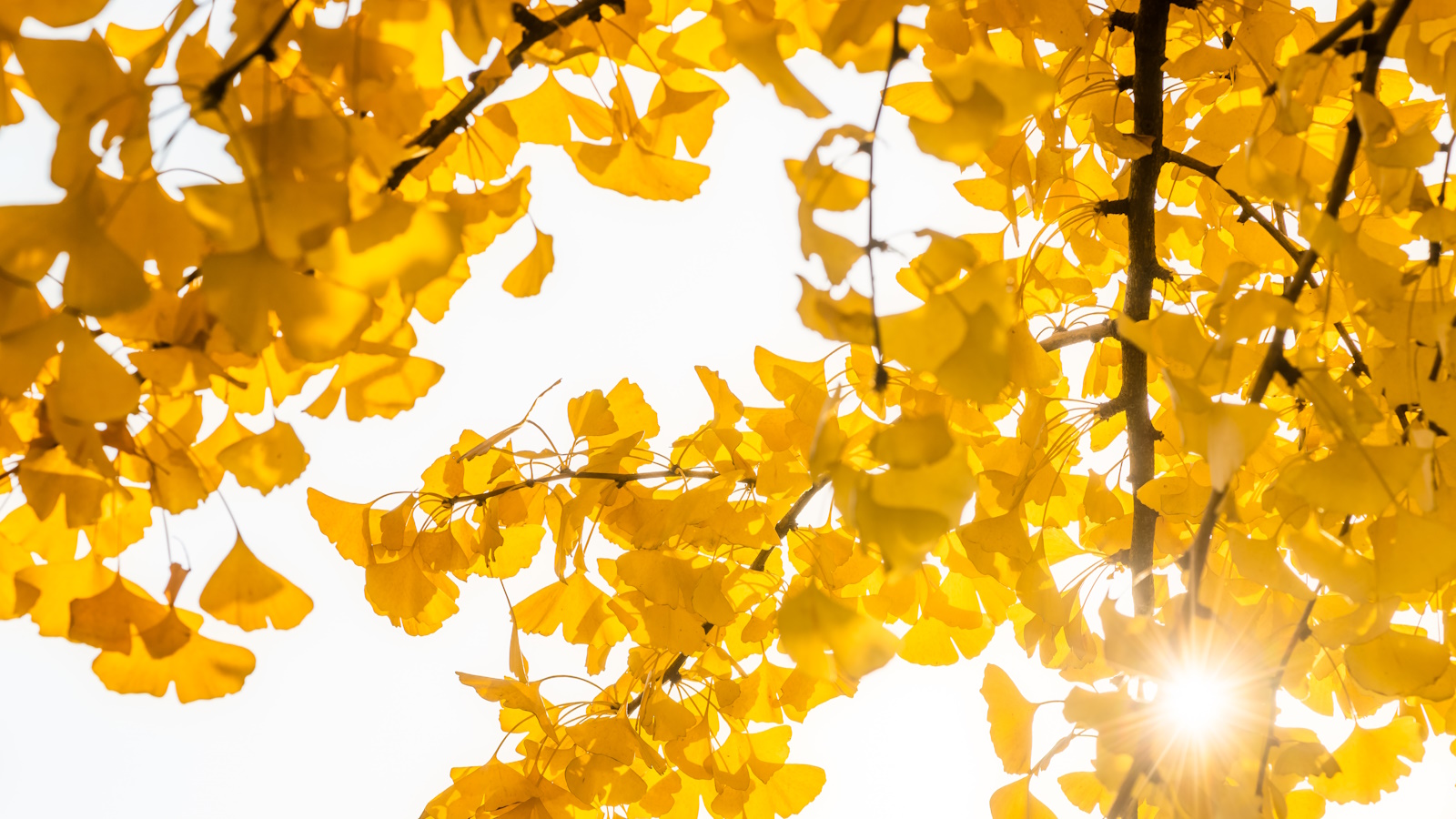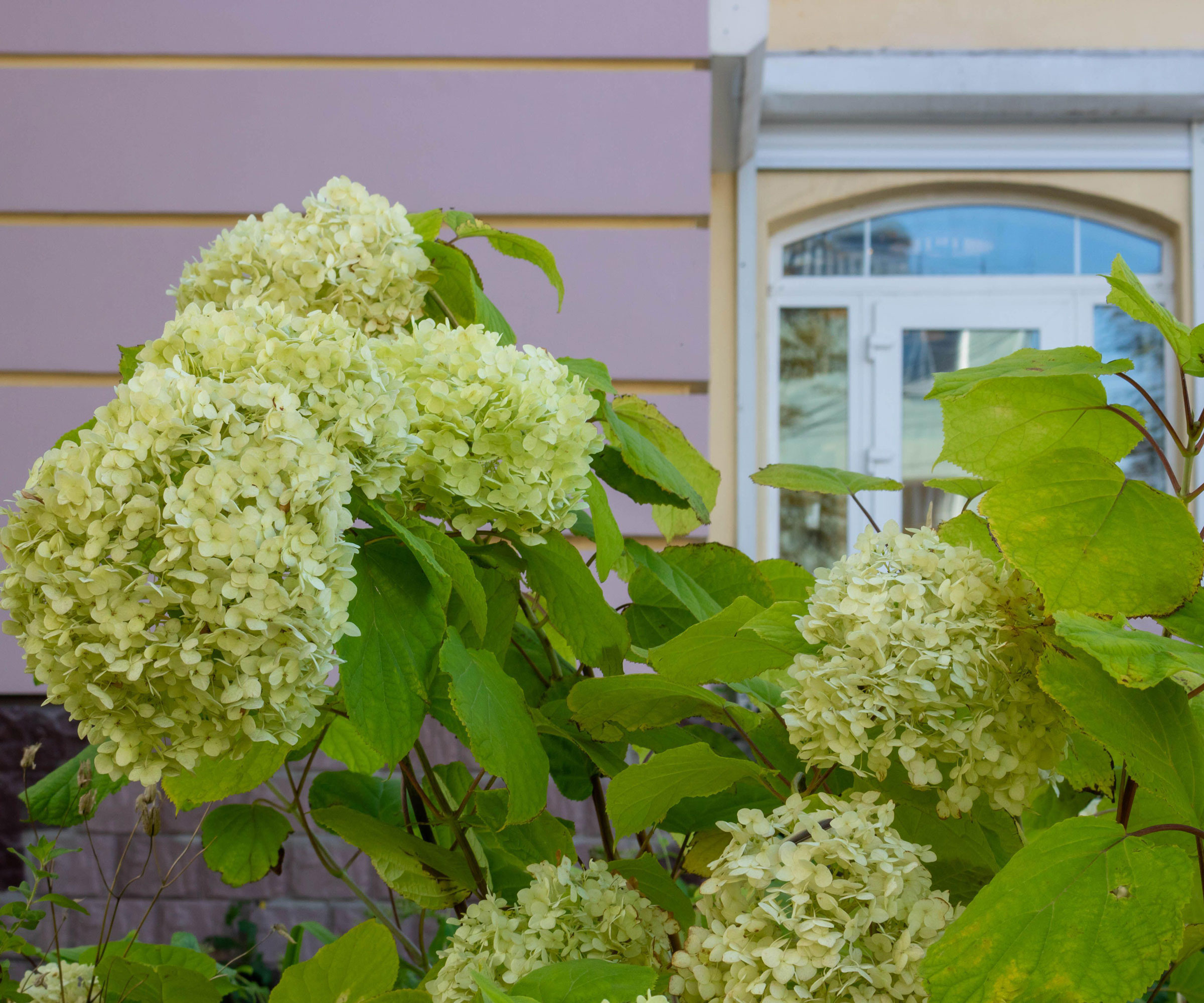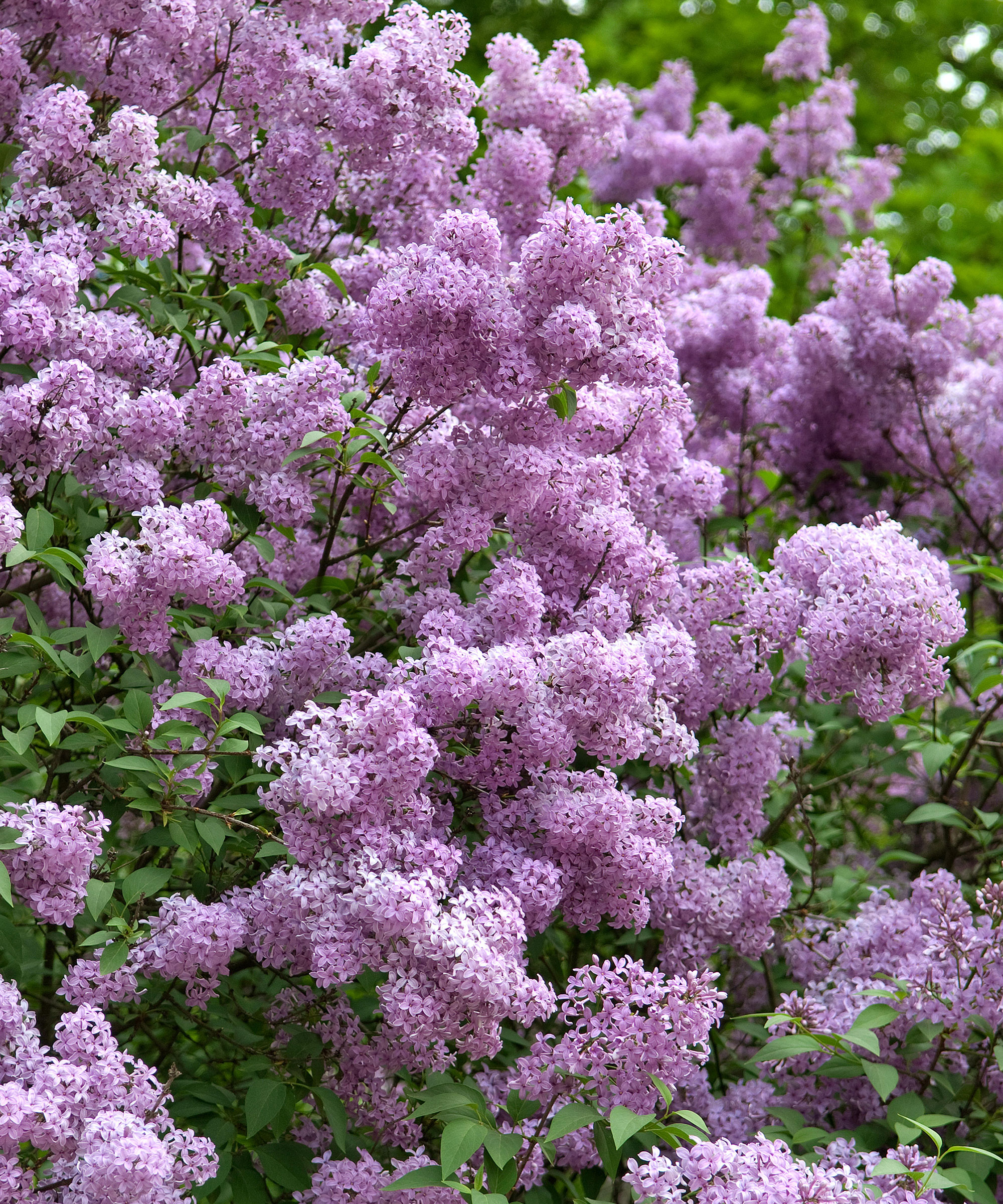
Hardiness zones are areas of the country whose average coldest winter temperatures are the same. They are shown in bands on the USDA Hardiness Zone map and numbered Zone 1 (the coldest) to Zone 13 (the warmest).
They’re important because - with the hardiness ratings attached to individual plant varieties and noted on plant tags - it’s simple to see which plants will survive the winter in your area.
It’s important to remember that whether or not a particular plant will grow in your yard is also influenced by the local presence of mountains, large bodies of water, buildings and so on.
In this guide to zone 3, we look at what to plant and how to garden in the upper midwest states and some northeast states of the US.

Gardening in US hardiness zone 3
In zone 3, cold winter temperatures are still limiting the range of plants that will thrive but winters are a littles less brutal than in zones 1 and 2. This, combined with a longer summer growing season, allows noticeably broader range of suitable plants to be grown.
In zone 3, average lowest winter temperatures fall in the range of -40F and -30F.
- Choose plants rated as suitable for zone 3, but don’t be too rigid about applying this rule. Some plants rated as zone 4 may well succeed in suitable garden microclimates.
- Make the most of suntraps, screens and features in nearby yards that help keep parts of your yard a little warmer than the rest.
- Remember that mature evergreens provide valuable shelter from icy winds.
- Create raised beds, in the spring they’ll warm up more quickly than the rest of the yard but will also be chilled earlier in fall.
- Raised beds also help improve drainage, plants are that frozen for the winter in waterlogged soil are usually less likely to overwinter well than those in well-drained situations.
- Mulching with weed free organic matter, such as bark, helps slow down the fall freeze and hasten the spring thaw.
- In many situations, covering bare ground with black plastic helps warm the soil in spring.
Zone 3: Main features

Lowest winter temperatures in zone 3 are between -40°F and -30°F. Zone 3a has a minimum average temperature of -40° to -35°F and Zone 3b has a minimum average temperature of -35°F to -30°F.
Areas of the country rated as zone 3 are mainly in a sweep from The Great Lakes, north west through Minnesota, the Dakotas and into Montana, Wyoming and parts of Idaho. Areas on both sides of the Canadian border fall into zone 3 together with the mountains on the west coast of Alaska.
The range of plants that will thrive is still limited by the low winter temperatures, but the use of plastic and organic mulches, and starting seeds indoors, has a greater effect on extending the growing season.
The first frost date of the fall is usually between 8-15 September, the last frost date of the spring is usually between 1-16 May.
Here, the use of protective coverings in spring, as a precaution against the last frosts of winter, and in fall to help plants withstand the first early snaps, are very useful. Starting seeds indoors, or buying starts by mail order, helps extend the growing season.
Plants for zone 3

The range of suitable plants is significantly greater than in nearby zones 1 and 2, cultivated varieties of native plants hardy in zone 3 are especially useful.
Deciduous trees
Red maple (Acer rubrum) Large, handsome, North American native with spectacular scarlet fall color. You can see red maple trees available at Nature Hills.
Yellow birch (Betula alleghaniensis) Elegant North American native with attractive peeling bark and rich yellow all foliage.
Also try: Ginkgo tree (Gingko biloba)
Evergreen trees
White fir (Abies concolor) Beautiful tree with greyish green needles and large cones turning purplish.
Stone pine (Pinus cembra) Dense, conical tree with blue-green needles and large, colorful deep blue cones.
Also try: Colorado spruce (Picea pungens)
Deciduous shrubs
Lilac (Syringa) Late spring spikes of small, fragrant flowers in purples, mauves and white. Many varieties, every yard should have one.
Panicle hydrangea (Hydrangea paniculata) Large, fat cones of summer and fall flowers often changing from white to deep pink.
Also try: Serviceberry (Amelanchier canadensis).
Evergreen shrubs
Juniper (Juniperus species) Stiffly vertical to horizontally spreading, many with silvery blue needles. Sun-loving. Many varieties.
Russian Cypress (Microbotia decussata) Like a shade-tolerant, spreading juniper whose leaves bronzed winter foliage.
Also try: Wintergreen (Gaultheria procumbens).
Vines
Virginia creeper (Parthenocissus quinquefolia) Vigorous, self-clinging deciduous vine whose foliage turns brilliant scarlet and orange in fall.
Golden hop (Humulus lupulus 'Aureus') Twining perennial plant with yellow spring foliage maturing to gold.
Also try: Woodbine (Clematis virginiana).
Perennials
Hostas (Hosta) Dependable shade-loving plants in a vast range of attractive foliage patterned in green, blue, yellow, gold and white.
Daylily (Hemerocallis) Resilient summer-flowering sun-lovers with flowers in an extraordinary range of sizes, colors and patterns.
Also try: Fall phlox (Phlox paniculata)
Spring Bulbs
Daffodils (Narcissus) Reliable spring bulbs, bursting into flower as soon as the thaw comes. Many varieties, and you can see the range of narcissi bulbs available at Burpee.
Tulips (Tulipa) Varieties vary in their hardiness, so look for those rated zone 3.
Also try: Crocuses (Crocus).
Summer bulbs
Dahlias (Dahlia) Many varieties, in many flower shapes and sizes. All are colorful but protect from the last chills of spring.
Lily (Lilium martagon) Turkscap lilies, with their rolled back petals, are among the hardiest of lilies. May take a year or two to settle, but worth the wait.
Also try: Ornamental onion (Allium)
Natives
Coneflower (Echinacea) Large, attractive, daisy-like flowers much loved by butterflies and now in a wide range of colors.
New England aster (Symphyotrichum novae-angliae) Small, single and double daisies in pink, purple, mauve and blue shades plus white.
Also try: Bearberry (Arctostaphylos uva-ursi)
Annuals
Amaranth (Amaranthus) Upright or hanging plumes packed with thousands of tiny flowers in purple, green, crimson and many honey and rusty shades. Flowers quickly from seed.
English marigold (Calendula) Many heirloom varieties with single and double daisies in yellow and oranges tones, plus some very pretty pastels. This 'mission giant' variety, available in seed form at Burpee, will stand out in a backyard.
Also try: Love-in-a-mist (Nigella)
Vegetables
Kale Grow from starts in spring, or raise your own plants from seeds started in good light indoors for a quick getaway
Tomatoes Set out plants in mid-May and cover the plants at night to protect from late frost.
Also try: Zucchini
Fruits
Blackcurrant (Ribes nigrum) Tough, reliable and easy to grow. Prune annually after harvest.
Blueberry (Vaccinium corymbosum) A delicious home grown treat, but only does well on lime-free soils. Popular with bears in rural areas!
Also try: Honeyberry (Lonicera caerulea).
FAQs
Where is the US hardiness zone 3?
Zone 3 covers the northern midwest states and some of the northeastern US states. It covers the Great Lakes, the Dakotas and into Montana, Wyoming and parts of Idaho. Areas on both sides of the Canadian border fall into zone 3, together with the mountains on the west coast of Alaska. Average winter temperatures in zone three fall to between -40°F to -30°F.
It may feel a little challenging to garden in harmony with the low temperatures of zones 3, however it is entirely possible with the right gardening kit. These frost-hardy plant ideas might also be useful.







